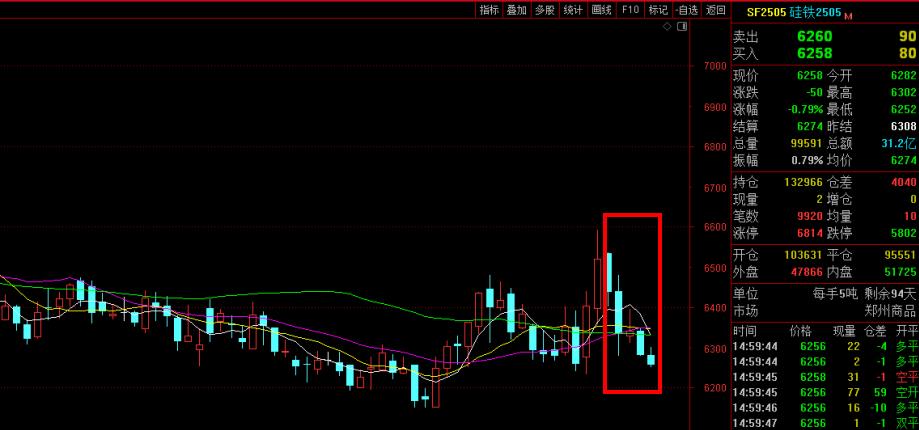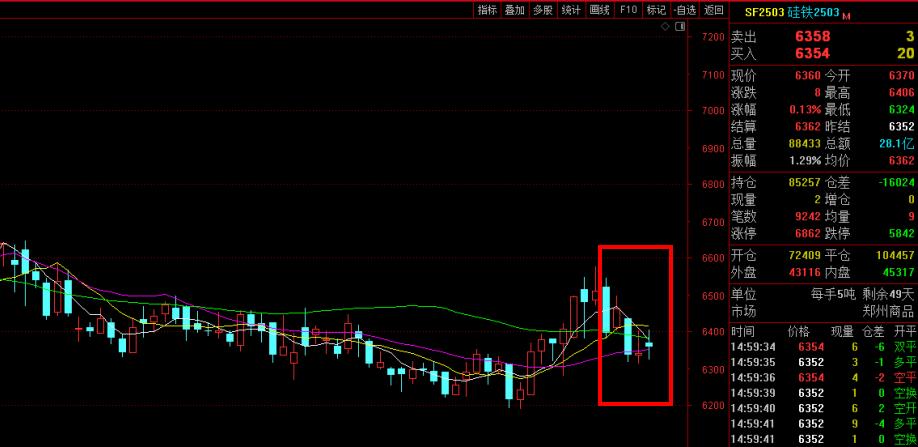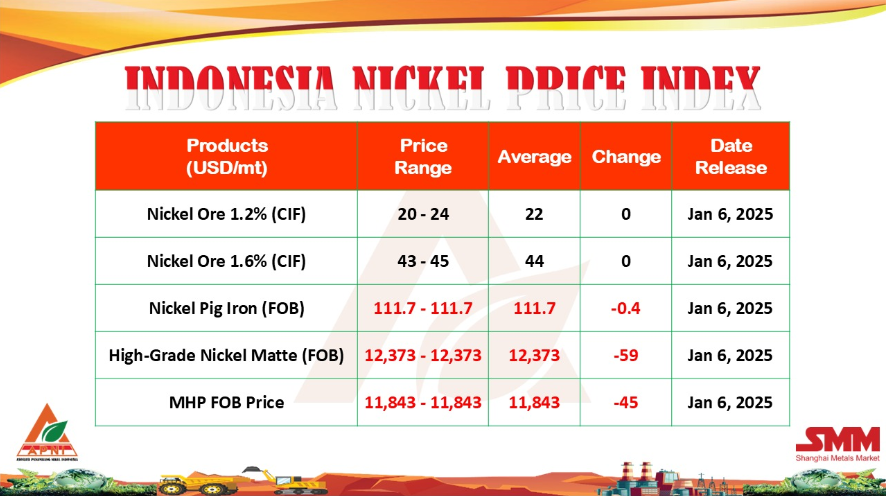More may really be better for end users and mining companies when it comes to graphite. Credit Suisse Analyst Michael Slifirski sees something a lot bigger than a zero-sum game in minerals. In this interview with The Mining Report, he explains how a steady source of graphite and vanadium from outside China could create whole new markets for energy storage and aluminum anodes. And he knows just the company to convince manufacturers to make the commitment.
The Mining Report: Will an uptick in electric vehicle sales and use of graphite in aluminum really have a meaningful impact on graphite demand in 2015 and beyond?
Michael Slifirski: I believe so. The graphite market has been constrained by historic uses that have a slower growth rate than the new emerging opportunities, specifically electric vehicles. There's a lot of enthusiasm around that area. It's about 10% of the graphite demand at the moment, but it's growing at an annual rate of 10%. If Tesla Motors Inc.'s (TSLA:NASDAQ) projections are correct, that's very supportive of the graphite market.
The aluminum market also shows promise for growth. Aluminum anodes represent a new application for graphite with vast market potential. Complete transfer from the current anodes to graphite-based anodes could potentially be a 3 million ton per year (3 Mtpa) opportunity. The natural graphite market currently totals about 1.1 Mtpa. Even if there's a small portion of uptick in that market, it's very significant growth. I wouldn't have excessive expectations around next year, but beyond 2015 I think there is a very bright future for graphite demand.
TMR: Can development of graphene applications have a significant impact on demand for natural graphite?
MS: I think so longer term, but it is not something I would focus on near term. That's a more exotic use. Clearly there are a lot of interesting applications. Graphene will come, but technologies like that take some time to be fully adopted. In the meantime, I'm more interested in the big bulk established uses where there's an existing need and a material that can feed that need rather than a terrific solution looking for a problem.
TMR: Will China continue to be the graphite supplier to the world or will a new environmental focus there lead to concerns about supply and demand and development of new mines elsewhere?
MS: China has been the leading graphite producer, partly because it is home to a large portion of the world's reserves. But these deposits are not high grade. They worked historically because of low-cost labor and low environmental barriers. As wage pressures and strip ratios increase, China becomes less competitive. Costs can only go one way as mines get deeper, older and more expensive to operate. I don't think China's production is sustainable in the context of rising environmental and labor pressures.
High grade and low strip ratio are necessary to have an economic mine. That's not something that China enjoys. China is the dominant producer currently and historically, but emerging deposits elsewhere can quickly complement and then ultimately displace a lot of high-cost polluting production.
TMR: Could Australia help fill that gap?
MS: A number of Australian companies control very good graphite deposits globally, so, yes, I think Australian companies will have a leading role in future graphite production.
Some are more aspirational based on enthusiasm rather than deposit reality. The one company that stands out is Syrah Resources Ltd. (SYR:ASX), a small emerging Australian company that sits on one of the best graphite deposits in the world. The deposit is in Mozambique and it is very, very large. It's unconstrained as it's only been partially drilled, but the resource size we know so far could provide 100% of the world's current requirement for natural graphite for about 1,000 years. The deposit could certainly get bigger if the company chose to spend more money drilling it. It's a deposit that has virtually no strip ratio in its early years. It's about three or four times the grade of a typical Chinese mine. It's a very high-quality deposit with very low impurities that should have a very low production cost. It's absolutely the standout.
The graphite market has been somewhat constrained by supply. There are plenty of very good applications where graphite is by far and away the most superior product to use, but because the market hasn't been able to supply the volumes that some of these new applications would require without pushing up the price, those market opportunities simply haven't developed. If we have a deposit that is able to supply future demand without a price response then I think these new applications can drive a big volume increase. I think that's going to be a step change for the graphite market.
TMR: Syrah just signed a memorandum of understanding (MOU) for 100,000 tons per year (100 Ktpa). Are there any other agreements that you're anticipating and how important are those agreements?
MS: The company has two MOUs (and just announced a third MOU), which with time I'm sure will develop into more binding arrangements as commitments are met, such as delivering a feasibility study and getting into production. Once there is production certainty I think those agreements can be tightened up and further agreements should be forthcoming.
What's interesting about the agreements that Syrah has signed to date is that they are for non-traditional uses of graphite outside the current natural graphite market. One is an aluminum anode application, which is displacing an alternative material with higher quality graphite. This is a new market with a 3 Mtpa potential in the context of a natural graphite market of 1.1 Mt. The other is for use as a recarburizer or a carbon raiser for the steel industry. That also is potentially a 3 Mtpa market. To date there's been little use of graphite as a recarburizer, again, because of the volumes that would be required for that market and the price impact that volume would have.
Syrah's planned stage one production is around 300 Ktpa. That much supply in a relatively constrained market in normal circumstances could have a price depressing impact, but given that all the sales committed to date are outside the normal market, it's a very positive sign. The battery market is the same principle.
TMR: What price are you predicting for graphite?
MS: At this stage we're being very cautious. We assume that Syrah's sales reflect the global average graphite price across all the different end market opportunities. I think that's probably a flawed assumption in that the vast majority of its planned production has been already committed to sale at high-end applications where we would expect premium prices.
The deposit has been tested through a pilot plant that the Syrah management team has built to produce spherical graphite and the spherification works extremely well. A large portion of Syrah's graphite is coarse flake, jumbo flake and very large flake size. That product typically sells for in excess of about $3,500/ton. We're using $850/ton as an average. If we look across the product suite that Syrah has committed to sell to date, the figures should be in excess of $1,000/ton. Until we see the deposit in production and see more details of committed offtake agreements, we're going to remain conservative.
TMR: Are there any countries or other companies that we should be looking at for graphite deposits outside China?
MS: Beyond Syrah, a raft of smaller companies may or may not have a role in future graphite production.
Other areas of Mozambique and Tanzania have potential with interesting geological characteristics.
TMR: What is your outlook for vanadium supply?
MS: Vanadium also has interesting high-tech applications for energy storage, particularly the emerging low-cost redox flow mass energy storage system. I think that's another interesting area to watch and it could greatly expand demand for graphite and vanadium.
Syrah's Balama resource happens to have a strong vanadium association. It has two forms of vanadium that are readily recovered from the deposit as a potential byproduct. I suspect that with time we'll see that company commission, produce and ramp up its graphite opportunity. Then, as a second phase, move into vanadium production and exploit that market.
TMR: What is your price target for vanadium?
MS: We don't specifically analyze the vanadium market so we take the current spot price, which is relatively depressed compared to where the price has been historically.
TMR: American Vanadium Corp. (AVC:TSX.V) and Largo Resources Ltd. (LGO:TSX.V) have been active in that space. Is there room for multiple companies in this market?
MS: The dominant market for vanadium is as a steel alloy to make hard tools. It is a small market. Those are not companies that I specifically cover or know enough about to have a view.
TMR: Thank you for taking the time.
- [Editor:Mango]



 Save
Save Print
Print Daily News
Daily News Research
Research Magazine
Magazine Company Database
Company Database Customized Database
Customized Database Conferences
Conferences Advertisement
Advertisement Trade
Trade














 Online inquiry
Online inquiry Contact
Contact

Tell Us What You Think